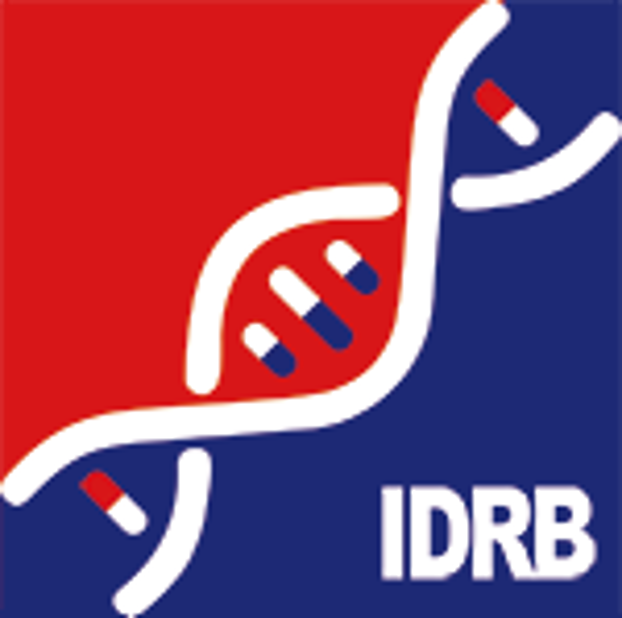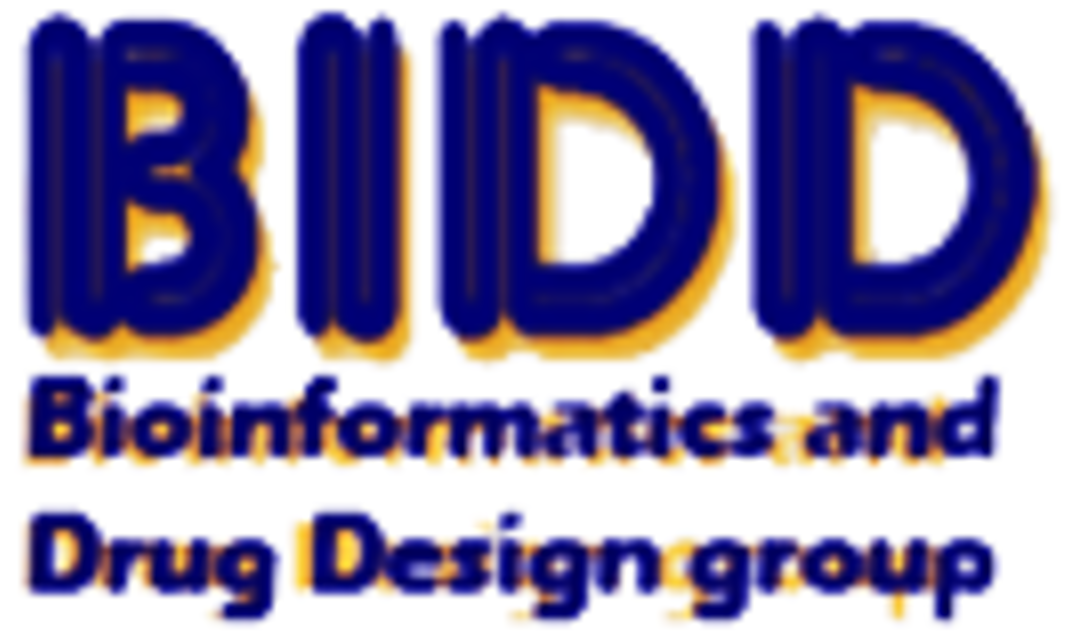Target Information
| Target General Information | Top | |||||
|---|---|---|---|---|---|---|
| Target ID |
T12952
|
|||||
| Target Name |
VHL-interacting deubiquitinating enzyme 1 (VDU1)
|
|||||
| Synonyms |
hVDU1; Ubiquitin-specific-processing protease 33; Ubiquitin thioesterase 33; Ubiquitin carboxyl-terminal hydrolase 33; KIAA1097; Deubiquitinating enzyme 33
Click to Show/Hide
|
|||||
| Gene Name |
USP33
|
|||||
| Target Type |
Patented-recorded target
|
[1] | ||||
| Function |
Involved in regulation of centrosome duplication by mediating deubiquitination of CCP110 in S and G2/M phase, leading to stabilize CCP110 during the period which centrioles duplicate and elongate. Involved in cell migration via its interaction with intracellular domain of ROBO1, leading to regulate the Slit signaling. Plays a role in commissural axon guidance cross the ventral midline of the neural tube in a Slit-dependent manner, possibly by mediating the deubiquitination of ROBO1. Acts as a regulator of G-protein coupled receptor (GPCR) signaling by mediating the deubiquitination of beta-arrestins (ARRB1 and ARRB2) and beta-2 adrenergic receptor (ADRB2). Plays a central role in ADRB2 recycling and resensitization after prolonged agonist stimulation by constitutively binding ADRB2, mediating deubiquitination of ADRB2 and inhibiting lysosomal trafficking of ADRB2. Upon dissociation, it is probably transferred to the translocated beta-arrestins, leading to beta-arrestins deubiquitination and disengagement from ADRB2. This suggests the existence of a dynamic exchange between the ADRB2 and beta-arrestins. Deubiquitinates DIO2, thereby regulating thyroid hormone regulation. Mediates deubiquitination of both 'Lys-48'- and 'Lys-63'-linked polyubiquitin chains. Deubiquitinating enzyme involved in various processes such as centrosome duplication, cellular migration and beta-2 adrenergic receptor/ADRB2 recycling.
Click to Show/Hide
|
|||||
| BioChemical Class |
Peptidase
|
|||||
| UniProt ID | ||||||
| EC Number |
EC 3.4.19.12
|
|||||
| Sequence |
MTGSNSHITILTLKVLPHFESLGKQEKIPNKMSAFRNHCPHLDSVGEITKEDLIQKSLGT
CQDCKVQGPNLWACLENRCSYVGCGESQVDHSTIHSQETKHYLTVNLTTLRVWCYACSKE VFLDRKLGTQPSLPHVRQPHQIQENSVQDFKIPSNTTLKTPLVAVFDDLDIEADEEDELR ARGLTGLKNIGNTCYMNAALQALSNCPPLTQFFLDCGGLARTDKKPAICKSYLKLMTELW HKSRPGSVVPTTLFQGIKTVNPTFRGYSQQDAQEFLRCLMDLLHEELKEQVMEVEEDPQT ITTEETMEEDKSQSDVDFQSCESCSNSDRAENENGSRCFSEDNNETTMLIQDDENNSEMS KDWQKEKMCNKINKVNSEGEFDKDRDSISETVDLNNQETVKVQIHSRASEYITDVHSNDL STPQILPSNEGVNPRLSASPPKSGNLWPGLAPPHKKAQSASPKRKKQHKKYRSVISDIFD GTIISSVQCLTCDRVSVTLETFQDLSLPIPGKEDLAKLHSSSHPTSIVKAGSCGEAYAPQ GWIAFFMEYVKRFVVSCVPSWFWGPVVTLQDCLAAFFARDELKGDNMYSCEKCKKLRNGV KFCKVQNFPEILCIHLKRFRHELMFSTKISTHVSFPLEGLDLQPFLAKDSPAQIVTYDLL SVICHHGTASSGHYIAYCRNNLNNLWYEFDDQSVTEVSESTVQNAEAYVLFYRKSSEEAQ KERRRISNLLNIMEPSLLQFYISRQWLNKFKTFAEPGPISNNDFLCIHGGVPPRKAGYIE DLVLMLPQNIWDNLYSRYGGGPAVNHLYICHTCQIEAEKIEKRRKTELEIFIRLNRAFQK EDSPATFYCISMQWFREWESFVKGKDGDPPGPIDNTKIAVTKCGNVMLRQGADSGQISEE TWNFLQSIYGGGPEVILRPPVVHVDPDILQAEEKIEVETRSL Click to Show/Hide
|
|||||
| 3D Structure | Click to Show 3D Structure of This Target | AlphaFold | ||||
| Cell-based Target Expression Variations | Top | |||||
|---|---|---|---|---|---|---|
| Cell-based Target Expression Variations | ||||||
| Different Human System Profiles of Target | Top |
|---|---|
|
Human Similarity Proteins
of target is determined by comparing the sequence similarity of all human proteins with the target based on BLAST. The similarity proteins for a target are defined as the proteins with E-value < 0.005 and outside the protein families of the target.
A target that has fewer human similarity proteins outside its family is commonly regarded to possess a greater capacity to avoid undesired interactions and thus increase the possibility of finding successful drugs
(Brief Bioinform, 21: 649-662, 2020).
Human Tissue Distribution
of target is determined from a proteomics study that quantified more than 12,000 genes across 32 normal human tissues. Tissue Specificity (TS) score was used to define the enrichment of target across tissues.
The distribution of targets among different tissues or organs need to be taken into consideration when assessing the target druggability, as it is generally accepted that the wider the target distribution, the greater the concern over potential adverse effects
(Nat Rev Drug Discov, 20: 64-81, 2021).
Biological Network Descriptors
of target is determined based on a human protein-protein interactions (PPI) network consisting of 9,309 proteins and 52,713 PPIs, which were with a high confidence score of ≥ 0.95 collected from STRING database.
The network properties of targets based on protein-protein interactions (PPIs) have been widely adopted for the assessment of target’s druggability. Proteins with high node degree tend to have a high impact on network function through multiple interactions, while proteins with high betweenness centrality are regarded to be central for communication in interaction networks and regulate the flow of signaling information
(Front Pharmacol, 9, 1245, 2018;
Curr Opin Struct Biol. 44:134-142, 2017).
Human Similarity Proteins
Human Tissue Distribution
Biological Network Descriptors
|
|
|
There is no similarity protein (E value < 0.005) for this target
|
|
Note:
If a protein has TS (tissue specficity) scores at least in one tissue >= 2.5, this protein is called tissue-enriched (including tissue-enriched-but-not-specific and tissue-specific). In the plots, the vertical lines are at thresholds 2.5 and 4.
|
| Degree | 3 | Degree centrality | 3.22E-04 | Betweenness centrality | 6.15E-05 |
|---|---|---|---|---|---|
| Closeness centrality | 2.20E-01 | Radiality | 1.39E+01 | Clustering coefficient | 0.00E+00 |
| Neighborhood connectivity | 6.70E+01 | Topological coefficient | 3.38E-01 | Eccentricity | 12 |
| Download | Click to Download the Full PPI Network of This Target | ||||
| Target Regulators | Top | |||||
|---|---|---|---|---|---|---|
| Target-interacting Proteins | ||||||
| References | Top | |||||
|---|---|---|---|---|---|---|
| REF 1 | Deubiquitinases (DUBs) and DUB inhibitors: a patent review.Expert Opin Ther Pat. 2015;25(10):1191-1208. | |||||
If You Find Any Error in Data or Bug in Web Service, Please Kindly Report It to Dr. Zhou and Dr. Zhang.

